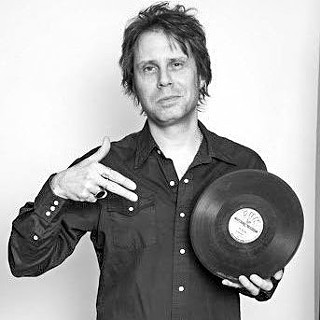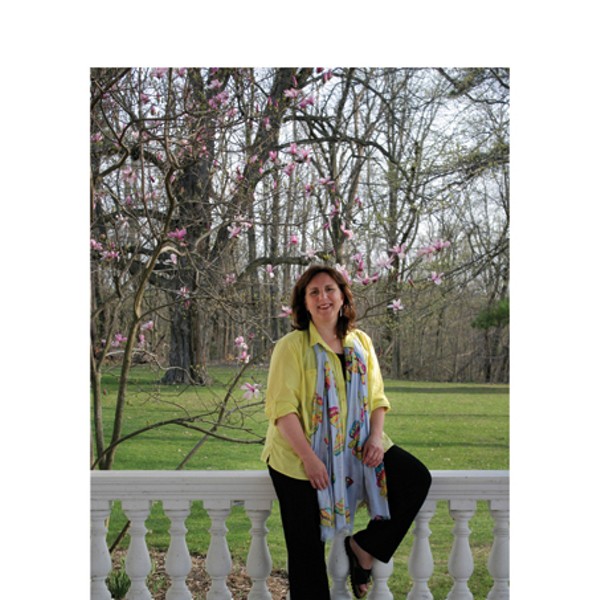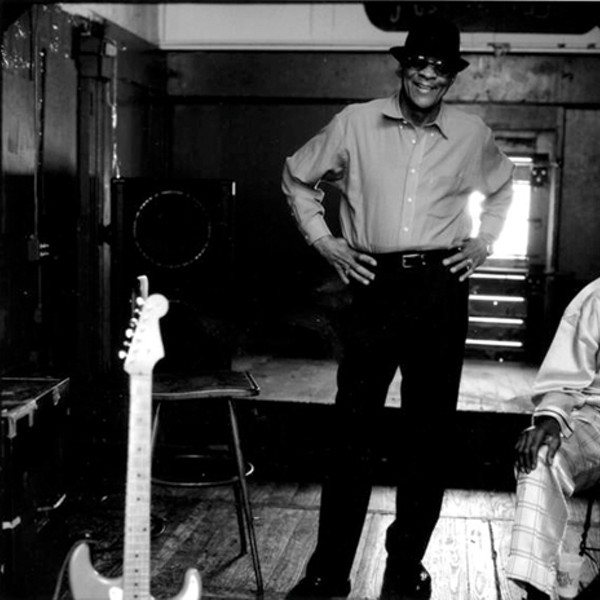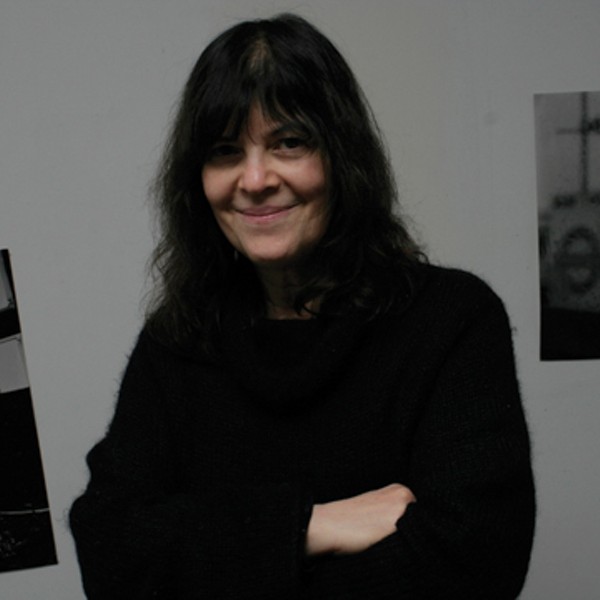Jamestown, New York, situated along the southern edge of Chautauqua Lake in the southwestern corner of the state, was once called the furniture capital of the world, thanks to its being a leading producer of mattresses and wooden furnishings. Today the city of 32,000 is, arguably, better known as the birthplace of two of America’s most iconic female entertainers. One is Lucille Ball, who has a museum there dedicated to her beloved sitcom, “I Love Lucy.” The other is Natalie Merchant, whose former band 10,000 Maniacs sold millions of records, took her around the world, and led her to the incredibly successful solo career she’s enjoyed since the mid 1990s. Like Ball, unsurprisingly, she didn’t stick around Jamestown when her star began to rise. By the time Merchant took her very first steps on the long musical road, however, there wasn’t much to leave behind.
“In the ’70s, when I was growing up, it was already pretty economically depressed there,” says Merchant, whose mother, a secretary, and father, a jazz musician, divorced when she was very young; her stepfather was a college professor, a writer, and an artist. “What was great, though, were the outdoor concerts they had at [nearby historic education/performance center] the Chautauqua Institution. My mom was single for most of the seventies and didn’t have a lot of money, but she loved music and the arts. So in the summers she’d sneak me and my sister and two brothers under the fence there to hear the symphony and see people like Nuryev, Barishnikov, Art Tatum, Beverly Sills. But the furniture industry had long moved south, before, I guess, moving again to China. The other big export was automatic voting machines, and now those are being phased out. So there were all of these empty factories.”
One such factory was Broadhead Worsted Mills. A former textile plant, it was taken over by artists and became the site of early gigs by Still Life, the band that would rename itself 10,000 Maniacs not long after Merchant joined in 1981, when she was 17. “I was already in college as part of an advanced placement program,” she recalls. “I’d studied piano and sang in school for fun, but I’d never been in a band before. The plan was to go to art school; I’d been accepted to the School of Visual Arts in New York. But that didn’t quite end up happening.”
Not quite. But, then, what may have been the visual arts world’s loss has certainly been the music world’s gain. Spearheaded by Merchant’s plaintive but full-bodied voice and gift for graceful pop songwriting, 10,000 Maniacs’ ubiquitous modern folk rock pretty much defined college radio’s late-’80s arc into mainstream alt-rock. After scoring a hit in the UK with “My Mother the War,” off its 1983 sophomore indie album Secrets of the I-Ching (Christian Burial Music), the quintet signed to Elektra and released a string of albums, The Wishing Chair (1985), In My Tribe (1987), Blind Man’s Zoo (1989), and Our Time in Eden (1992), all of which rode the charts for weeks on end, carried along by hit singles like “What’s the Matter Here?,” “These Are Days,” and “Candy Everybody Wants.” With the Maniacs, Merchant visited Europe for the first time when she was 19, for a while lived in London, and even performed at President Clinton’s inaugural ball in 1993.
But eventually it was time for a change. Merchant left 10,000 Maniacs after the release of 1993’s live MTV Unplugged (also Elektra). “By then I’d been in the band for 12 years, and since I was so much younger than the other members I’d always felt like the little sister or something,” the singer says. “I needed to mature, to emancipate myself. The group and I didn’t always agree on everything and I really had to be able to speak for myself, not for everyone else.”
To say her departure paid off would be the mother of all understatements. The very same day she left the group Merchant began writing the material for Tigerlily (Elektra Records), her 1995 solo debut. Home to an incredible three hit singles—“Carnival,” a Top 10 smash; “Wonder” and “Jealousy,” both Top 40—the album sold a staggering five million copies and right away made her one of the decade’s leading solo artists. “[The album’s instant success] shocked everybody at the label—and me, too,” Merchant says. “As far as major-label records go it wasn’t really a big production, and the band I had put together was all really young players. So it was very gratifying.”

















